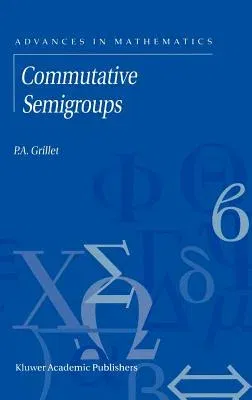P a Grillet
(Author)Commutative Semigroups (2001)Hardcover - 2001, 31 July 2001

Qty
1
Turbo
Ships in 2 - 3 days
In Stock
Free Delivery
Cash on Delivery
15 Days
Free Returns
Secure Checkout

Part of Series
Advances in Mathematics
Part of Series
Icase/Larc Interdisciplinary Series in Science and Engineeri
Part of Series
Edmund Husserl Collected Works
Print Length
437 pages
Language
English
Publisher
Springer
Date Published
31 Jul 2001
ISBN-10
0792370678
ISBN-13
9780792370673
Description
Product Details
Author:
Book Edition:
2001
Book Format:
Hardcover
Country of Origin:
US
Date Published:
31 July 2001
Dimensions:
23.39 x
15.6 x
2.54 cm
ISBN-10:
0792370678
ISBN-13:
9780792370673
Language:
English
Location:
New York, NY
Pages:
437
Publisher:
Series:
Weight:
811.93 gm